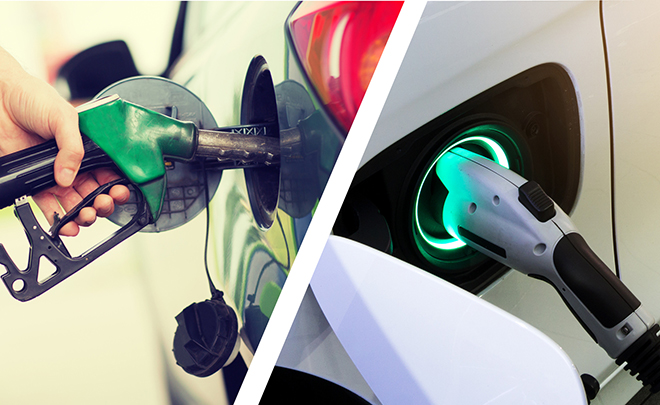As ride-hailing apps such as Uber, Lyft, Bolt and Kapten continue to explode in popularity, the environmental costs are becoming apparent. These services not only draw riders away from greener public transport options, but they result in more passenger-miles driven than when people drive themselves.
The need to electrify ride-hailing vehicles is obvious. The good news, according to a new study by Transport & Environment (T&E), is that converting to EVs is becoming an attractive financial proposition in key European capitals such as Paris, Berlin, Madrid and Lisbon.
The economics of EVs—more expensive to buy but cheaper to run—are a perfect match for high-mileage, low-margin businesses such as ride-hailing and taxis.
According to T&E, medium-sized BEVs are on average 14% cheaper to run than diesels today. For drivers in Paris, the savings can be as high as 24%, or as much as €3,000 per year. T&E estimates that today’s EVs cut CO2 emissions by two thirds on average compared to diesel cars. Because of Uber drivers’ high mileage, the climate benefits of going electric are even greater.
For taxi and Uber drivers, EVs with the right charging infrastructure are already cheaper to run than diesel in the majority of cases #TrueCostOfUber 🚗🔋⚡️https://t.co/0T20IWi3ey pic.twitter.com/uY0m4NRvKv
— Transport & Environment (@transenv) June 18, 2020
“This is a win-win-win situation for drivers, citizens and the planet,” said T&E New Mobility Expert Yoann Le Petit. “The sooner Uber and taxis go 100% electric, the sooner citizens will enjoy cleaner air and quieter neighborhoods, the planet will have less climate-wrecking emissions and drivers will earn more money.”
Charging is a major roadblock to EV adoption by professional drivers. T&E finds that drivers need Level 2 charging stations in residential areas where they live, as well as dedicated fast chargers that they can use to top up during the work day.
Yoann Le Petit continued, “In the fight against climate change and air pollution, city dwellers need to be able to commute less, cycle more and hop on the bus or metro more often. But to realize the goal of cleaner cities, authorities will also need to clean up the car fleet. It makes perfect economic and climate sense to fully electrify high-mileage vehicles like Ubers and taxis.”
Source: Transport & Environment




















































































